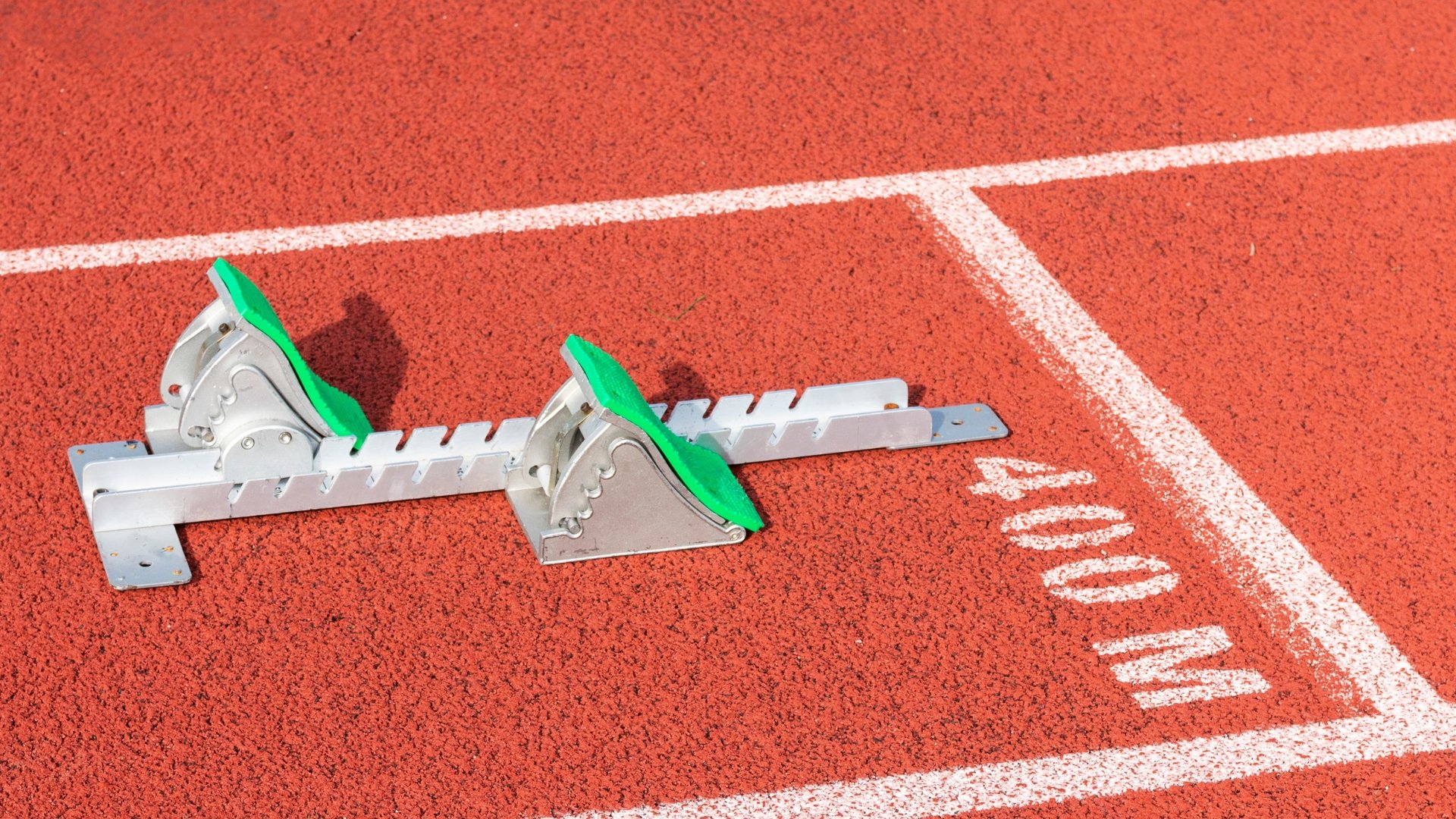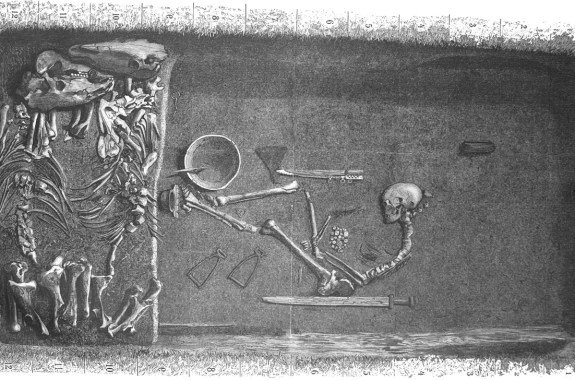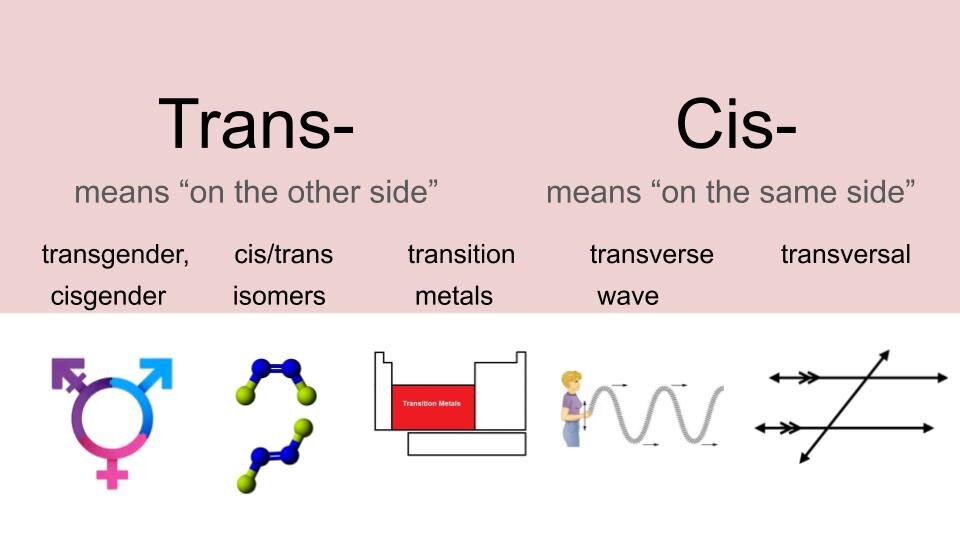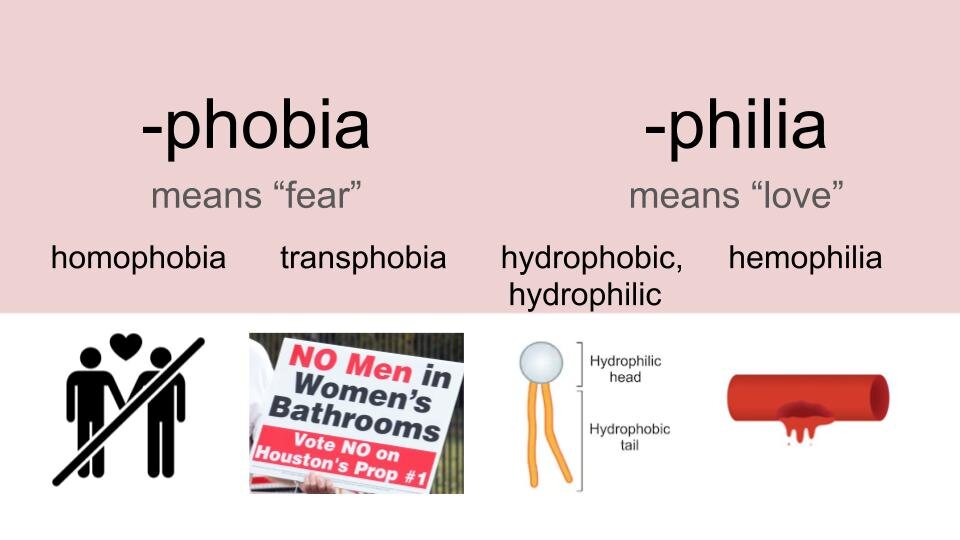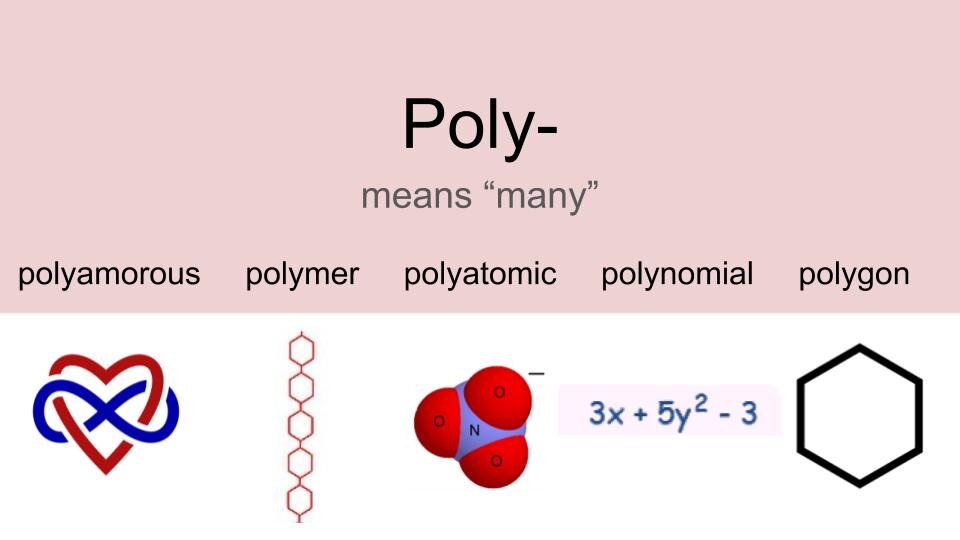This lesson uses athletics as a lens to examine the biology of sex differences, and how societies react to individuals with these differences. Through readings, slides and discussion, students will examine the history of sex confirmation in elite athletic competition and learn why dividing people into two sexes is not as clear-cut as it seems. Students consider the practice of defining sex by anatomy, DNA, and hormones and then think about the various viewpoints on fairness, diversity and inclusion in sports and society. The classroom activity asks students to imagine being a doctor responsible for verifying the sex of athletes in an international track and field competition while considering the realities of genetic complexity as well as the impact of their decisions on athletes and other stakeholders.
The lesson plan includes a Do Now, slideshow, and a classroom activity.
There is also video lesson that includes a Do Now question and prompts to pause and answer questions.
Personal Genetics Education & Dialogue (PGED) raises awareness about genetics and discuss how genetic technologies impact people’s lives now and in the future.
